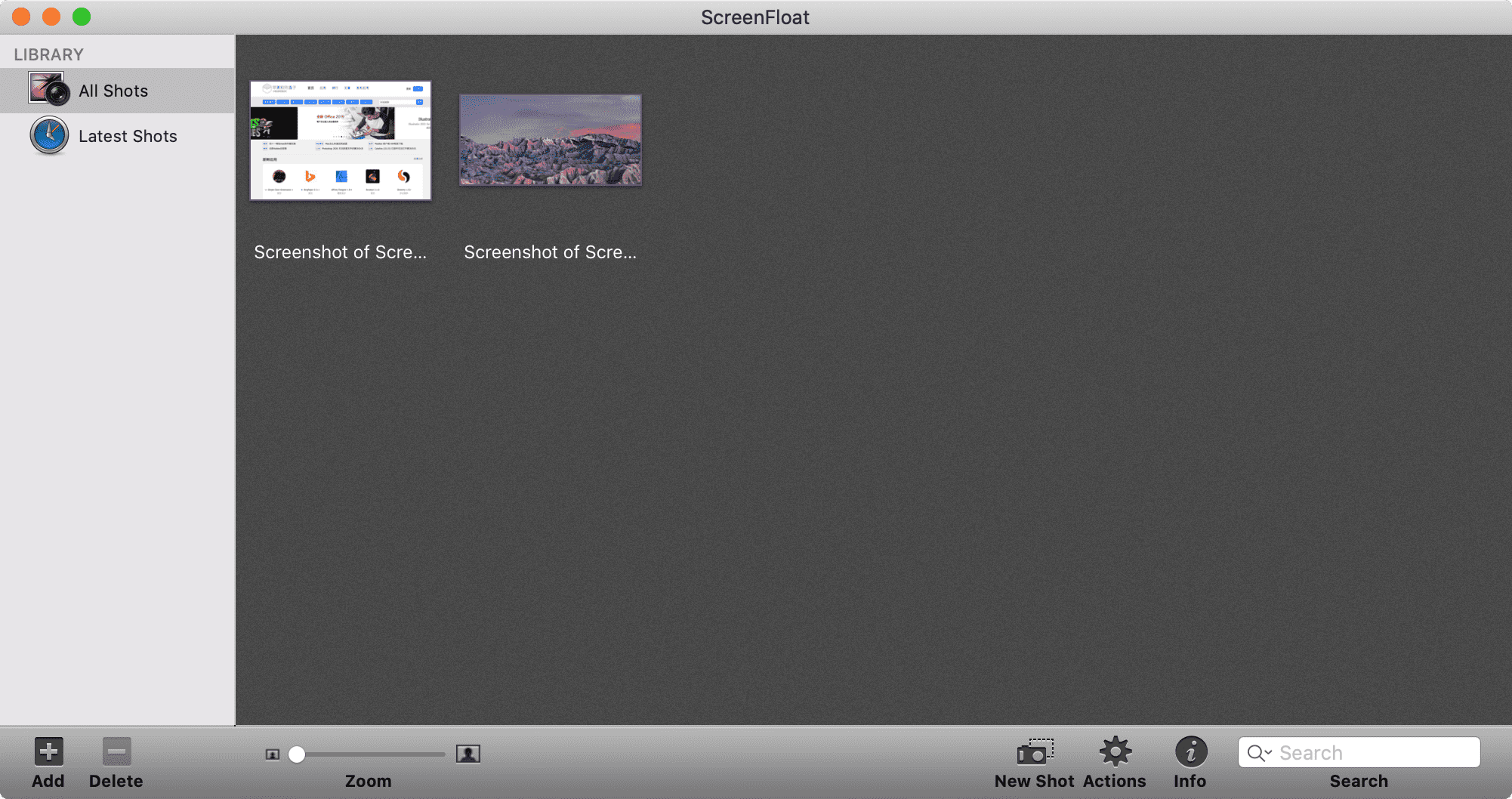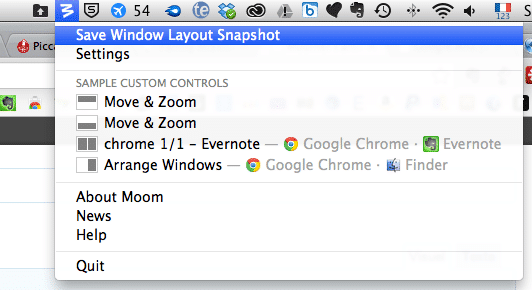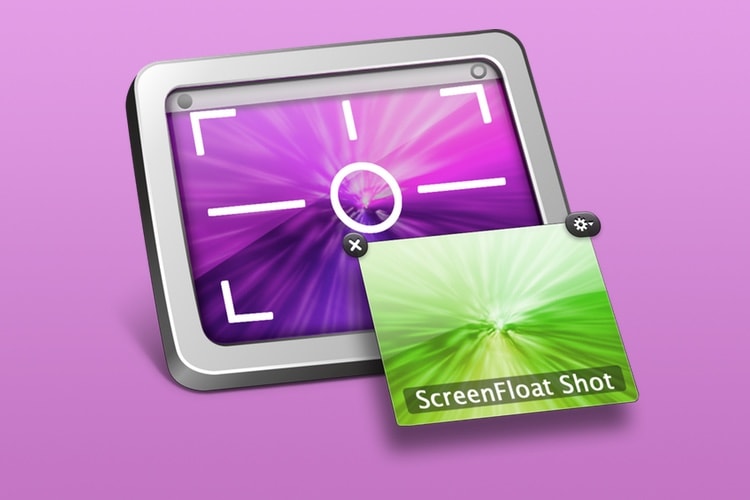
This allows me to get a feel for the final screencast’s pace. Obviously I also have the app running, I need to make a screencast of it, often along with its manual.Īfter the contents and structure is approved I write the script in Scrivener.

Mind maps are great because I can muse on crazy ideas without worrying about structure. Now I usually start with a mind map in MindNode. When I began screencasting I just hit the record button and repeated myself until I got a recording I was happy with. What’s the process you use for creating your screencasts? It’s all of these things, and that is what makes it so hard, but also so enjoyable. Screencasting is marketing, teaching, design, editing.
#Screenfloat how to#
For fancy product demos we need to be good at storytelling, for a tutorial we need to be good at teaching, and overall we need to know how to structure information verbally and visually. I think what is so challenging is that we need to be good at so many things. I ended up dumping all of my work and starting over again. Then, two days before the deadline, they gave me the final release. (At that time, I didn’t know how to fix that in post-production.) I had all the material produced and was waiting for a response from the client. But long before the deadline, I asked the client if they could remove that little banner. I played with the screencast, and tried different things to find a way to remove that banner. What used to cause big problems in the past, is now laughably easy.įor example I had a client that had a “beta” banner in the startup screen of his app. On the other hand, nothing is a huge problem anymore. What do you find to be the most challenging aspect of creating your screencasts? Why? A cup of tea (Darjeeling) is usually next to my keyboard. Here’s the picture in case anyone is interested. When the editing phase starts I work from a coworking space in Stuttgart named Coworking0711. If they have a secret project (with secret hardware that can’t be moved easily), I jump on the train and get there. Having little equipment has a lot of advantages for me. Mainly because I want to be as mobile as possible.
#Screenfloat pro#
What kind of studio or set up do you have?Īll I have is a MacBook Pro 17″ late 2010. You always have to ask yourself “is this the right way to show it”? If a screencast works best, make a screencast, if motion graphics demonstrate a technical explanation better, then use motion graphics. Every client gets a custom solution for their problem. We’re not relying on “traditional” screencasts to communicate a clients’ marketing message anymore. We combine screencasts with actor recordings, stop-motion, and 3D graphics now. Whether it’s a tutorial a product demo an ad with different voice talents, multilingual, or with subtitles, for a DVD or the web etc. My role as screencaster is to consult with clients and work out a solution that fits their needs. Therefore the audience and purpose of our screencasts is for our client. I, or better we, only do client work nowadays. I always made them for other people, to teach them, to show them apps. This is an interesting question, I never made screencasts for myself. ScreenFlow is one of them.įor what purposes do you make your screencasts? There are a couple of milestones that changed how I make and think of screencasting. When ScreenFlow was released, it was a game changer. Then there are those I did for clients and those never published. I made a tutorial DVD with about 4 hours of material, over 160 screencasts for (double this number for the second language I produce), 20 for a German audio engineering podcast I do in my spare time. I don’t know exactly how many screencasts I’ve made. Something I now realize is a subcategory of screencasts. I didn’t call my first screencast a “screencast”, it was a tutorial. I made my first screencast about 7 years ago. How long have you been screencasting and approximately how many screencasts have you made? Thanks Andreas, for sharing your knowledge and experience.

It’s all of these things, and that is what makes it so hard, but also so enjoyable.” As he says: “Screencasting is marketing, teaching, design, editing. Andreas has some great insight into what it takes to make good screencasts.

In 2010, he made the leap and started a screencasting business. Andreas has been using ScreenFlow since version 1, making screencasts, tutorials, ads and motion graphics. I’m pleased to introduce Andreas Zeitler as our next screencaster in the continuing “Meet the ScreenFlow-er” series.


 0 kommentar(er)
0 kommentar(er)
